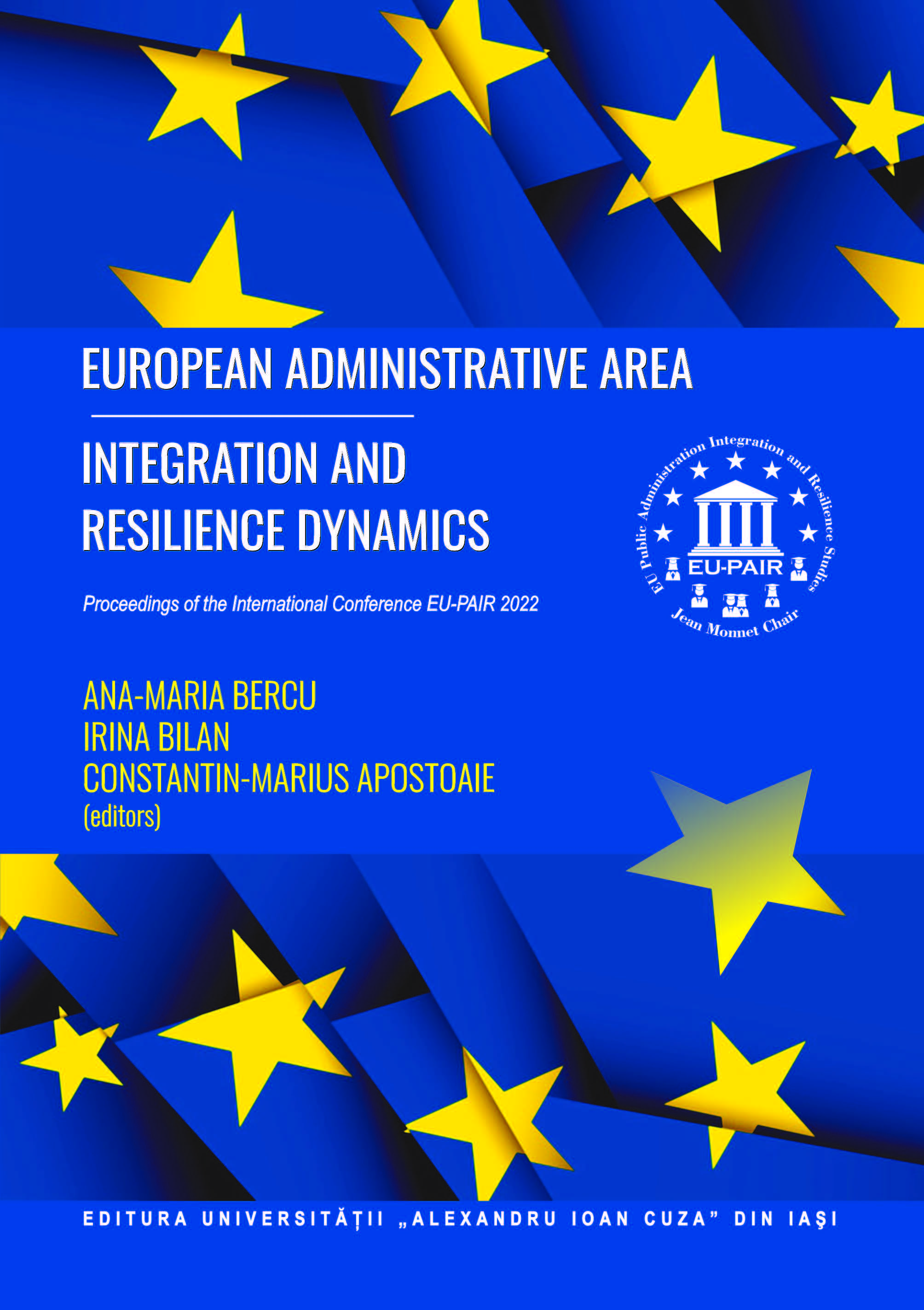FOREIGN EXCHANGE MARKETS EFFICIENCY DURING MACROECONOMIC INSTABILITY AND WORLD UNCERTAINTY: ROMANIAN AND UKRAINIAN CASES
FOREIGN EXCHANGE MARKETS EFFICIENCY DURING MACROECONOMIC INSTABILITY AND WORLD UNCERTAINTY: ROMANIAN AND UKRAINIAN CASES
Author(s): Alina Artemenko, Iulian Ihnatov
Subject(s): Economy, National Economy, Financial Markets
Published by: Editura Universităţii »Alexandru Ioan Cuza« din Iaşi
Keywords: foreign exchange rate; global uncertainty; macroeconomic stability; market efficiency; monetary policy;
Summary/Abstract: The study is aimed at a comparative analysis of foreign exchange markets of Romania and Ukraine and investigating their efficiency during macroeconomic instability and world uncertainty from January 2015 to February 2021. This paper is structured as follows: the first Section provides the theoretical motivation to form the general scientific view regarding the problem of world uncertainty and how to deal with macroeconomic instability in such conditions. Based on theoretical and empirical evidence in Section 2 it is outlined the econometric framework and groups of variables used for testing the three hypotheses: H1 – monetary policy instruments mitigate the national currency depreciation; H2 – monetary policy instruments correct the country’s output; H3 – the FX market is efficient during macro-instability and world uncertainty. Section 3 provides an initial specification of the behaviour of the USD/RON and USD/UAH exchange rates and main counties’ monetary indicators; structural analysis for time series stationarity (ADF-test); analysis of external shocks’ effect on the USD/RON exchange rate and Romanian economic output, as well as on the USD/UAH exchange rate and Ukrainian economic output (VAR-model and Granger causality test). In Section 4, the models’ quality is checked by summing up key findings (R2, RMSPE, roots of companion matrix, Lagrange-multiplier test). Nine parameters are used in the VAR(1) model for Romania and 8 in the VAR(3) model for Ukraine. All parameters are grouped into three groups: macroeconomic, monetary and unconventional monetary indicators. The exchange rate and GDP are the primary dependent variables.
- Page Range: 41-74
- Page Count: 34
- Publication Year: 2022
- Language: English
- Content File-PDF

